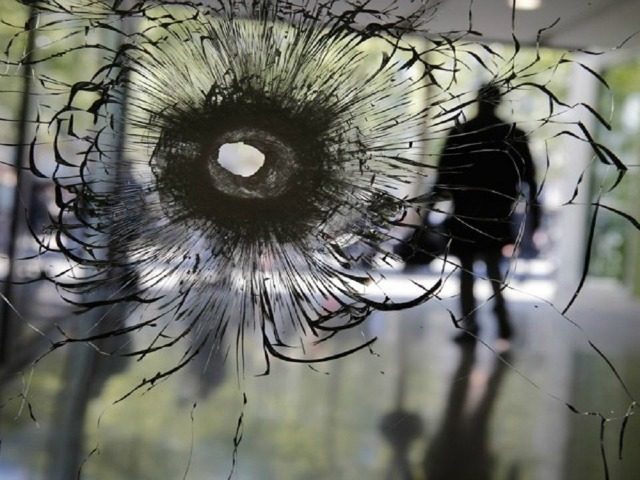Shotspotter, a system that uses microphones to pick up the location of shootings faster than 911 calls can, is now in place in over 90 cities across the country.
When 26-year-old Terrell Ortiz was murdered by a member of a suspected rival gang in the Bushwick neighborhood of Brooklyn, New York, three linked microphones placed on rooftops near the incident picked up the sound of the gunfire. This information was then relayed to a computer system within the NYPD and a human counterpart based in California, and within minutes, the direct location was triangulated, and police were dispatched. Ortiz was rushed to hospital but later pronounced dead, and the shooter was never found.
Shotspotter works in conjunction with existing tools, such as CCTV, and sends alerts to an app that police officers will have on their phones. Microphones are placed strategically around areas known to have a high crime rate. Any suspected shootings are sent via Shotspotter’s data center in Newark, California, to confirm the noise were not other loud noises, such as fireworks. Confirmed shootings are then relayed to local police, coming up as dots on a map. “We’ve gone to the dot and found casings 11 feet from where the dot was, according to the GPS coordinates,” Captain David Salazar, of Milwaukee PD, told Business Insider. “So it’s incredibly helpful. We’ve saved a lot of people’s lives.” According to Salazar, this is “much faster” than dialing 911, but wouldn’t reveal the exact time saved.
Ralph Clark, CEO of Shotspotter, explained that while the system has the obvious advantage of helping police respond quickly to isolated shooting incidents, it also has the much greater, but harder to quantify, effect of deterring people from committing gun crime in the future. He explained in a recent blog post that it was rather like the film Moneyball, in which Brad Pitt uses a statistic that is undervalued, but has a greater overall effect on who won a baseball game:
Like winning baseball games sustainable gun violence reduction does not come from high-profile arrests like your occasional home run. It comes from unheralded but consistent prevention focused deterrence strategies and overall violence de-normalization. In large part, the conventional approach to reducing violence has focused on arrests and closing cases as they are both easily observable and sexy (just like batting averages and Runs Batted In) but may have little impact on actual violence prevention…
Our view is that when police show up quickly and precisely to every single gunfire event it sends a powerful signal to those otherwise tormented residents. It says that these criminal events are being taken seriously and treated as an exceptional event which they in fact represent. This leads to increased law enforcement legitimacy in the eyes of the community and increases collaboration and engagement. Each time the police show up to a gunfire incident, whether or not they make an arrest, they increase their on-base-percentage. These small but cumulatively powerful steps are what targeted deterrence and prevention look like and results in sustainable collaborative Police/Community Team efforts aimed at gun violence reduction.
Salazar backed up Clark’s point, arguing that while it was true Shotspotter has helped save lives since they set it up in Milwaukee in 2010, the real benefit was helping deploy officers where they were needed most. Previously, only 16% of gunshot cases led to people calling 911. “You can’t do something about something you don’t know about… we found out we didn’t know about a lot,” Salazar said.
The system is now in 90 cities across the country, but Clark was quick to point out that it was not the be all and end all of gun violence prevention, arguing that “there are a lot of things that go into a successful gun-abatement strategy.” The technology certainly isn’t fully up to scratch yet, even as the 16-year-old parent company went public on June 7. A Forbes investigation last year showed that when police arrived, there was no evidence of gunfire 30-70% of the time. There are also mixed feelings regarding the system within the communities in which it is active, such as Bushwick, where Ortiz was shot. Jose Rodriguez, a 46-year-old deli manager, said that they were “a good thing,” 60-year-old Felix Pizarro, said that a community built on friendship is more conducive to a safer environment than Shotspotter. “I don’t like Big Brother being in all my business,” he said.
Jack Hadfield is a student at the University of Warwick and a regular contributor to Breitbart Tech. You can like his page on Facebook and follow him on Twitter @ToryBastard_ or on Gab @JH.

COMMENTS
Please let us know if you're having issues with commenting.